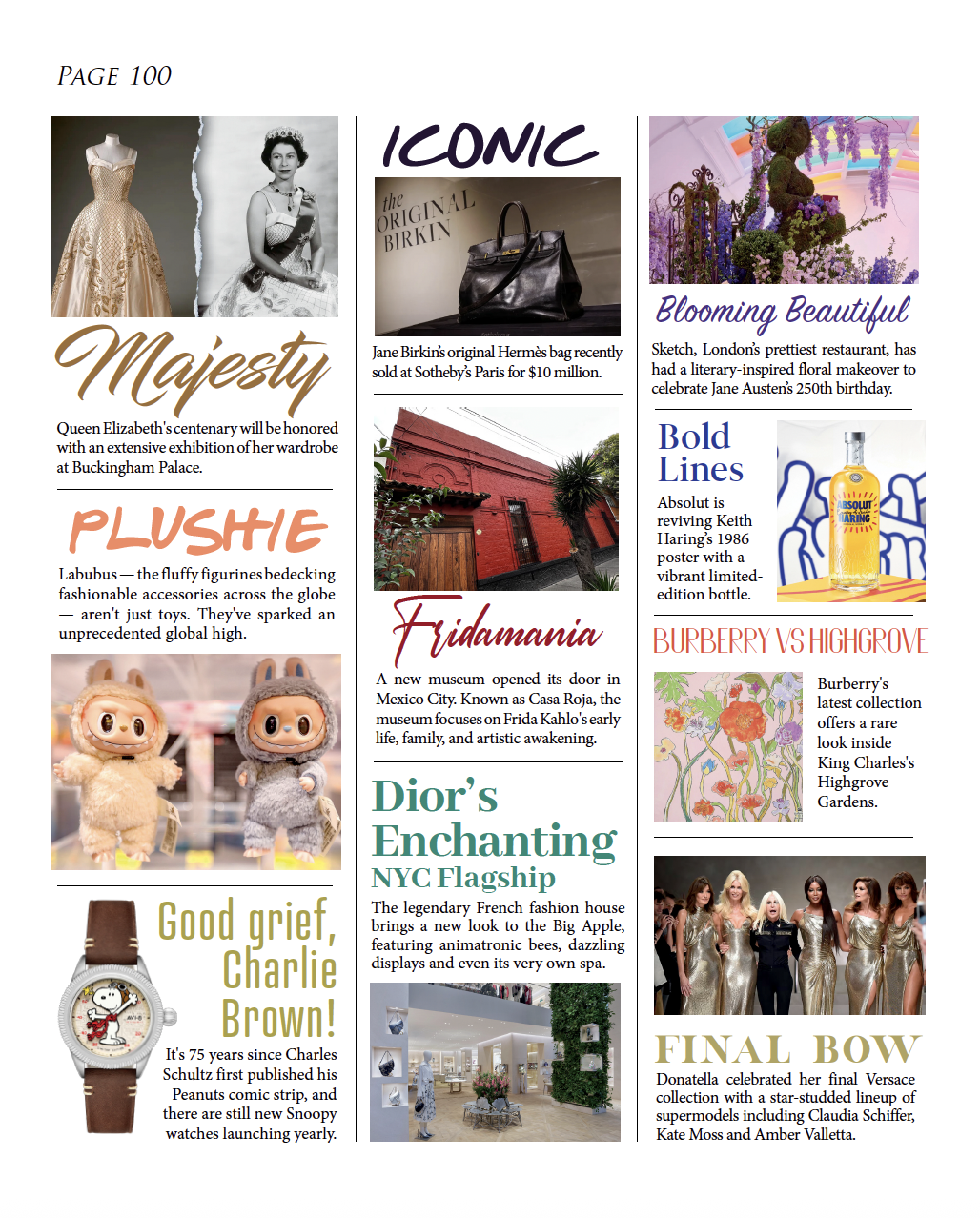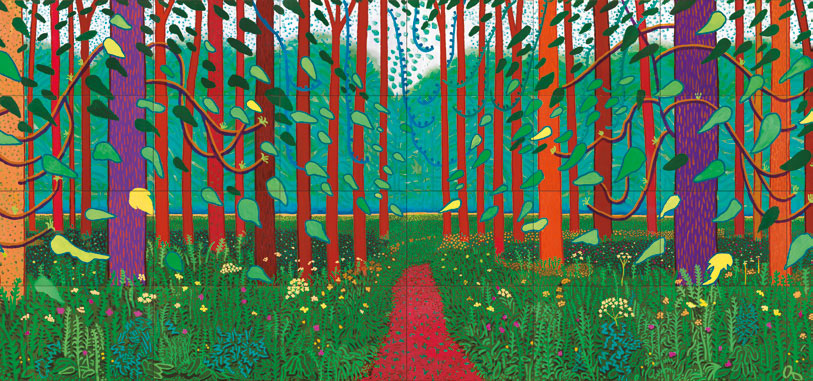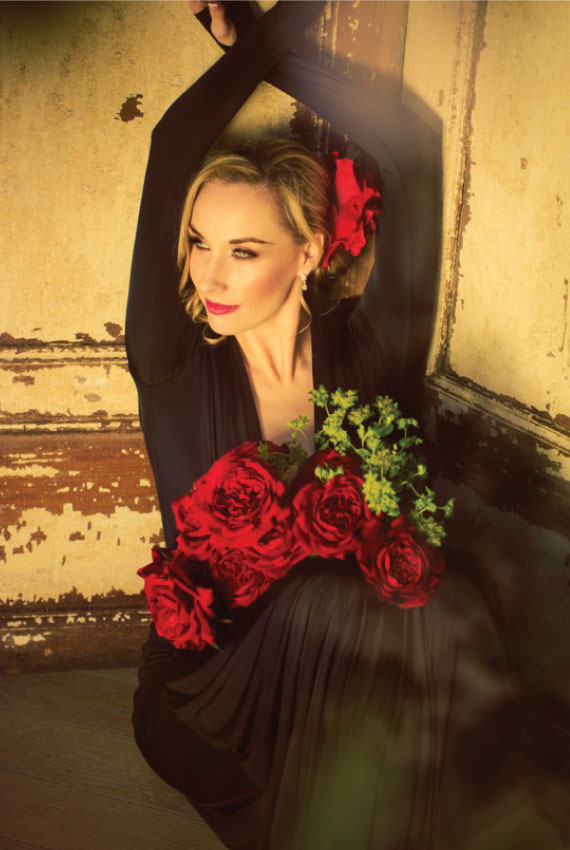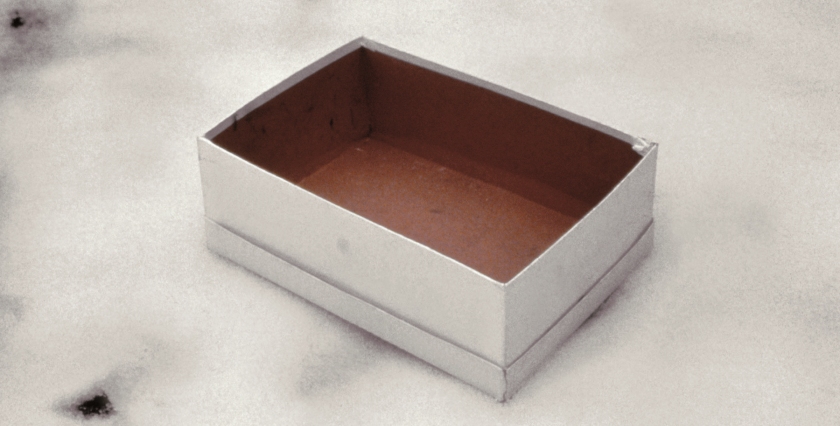The Princess Effect
Tiaras aren’t just for royalty. The ultimate luxe accessory has seen a comeback as of late, appearing at the recent coronation of King Charles and Queen Consort Camilla, on red carpets and at gala events, no longer relegated to weddings and beauty pageants.
Tiaras rose to fashion in Europe where the famed French jewelry house Chaumet has been making tiaras since 1780 as the official jeweler to the French court. Chaumet’s business boomed during Napoleon’s reign when asserting status and royal privilege became of primordial importance.
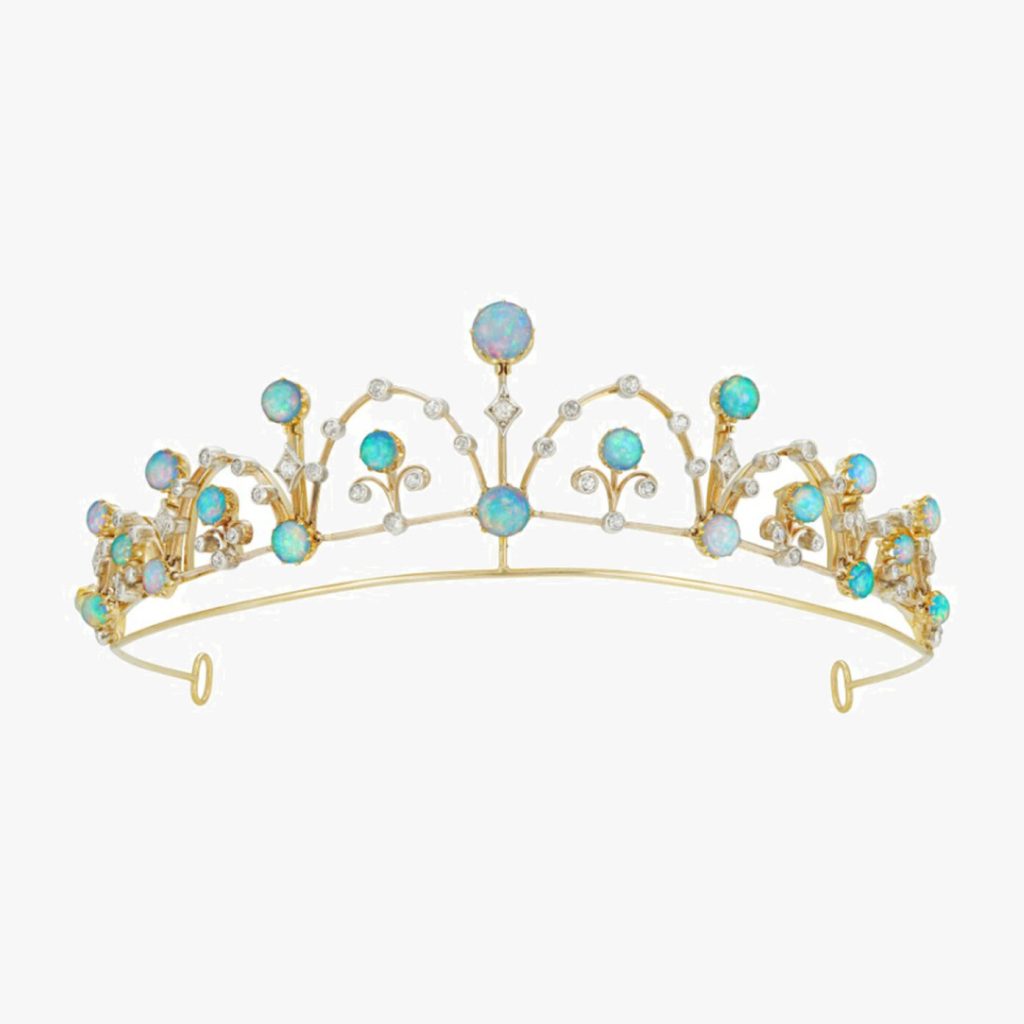
Bentley and Skinner Tiara 
Garrard Catherine Tiara 
Jennifer Bher Tiara 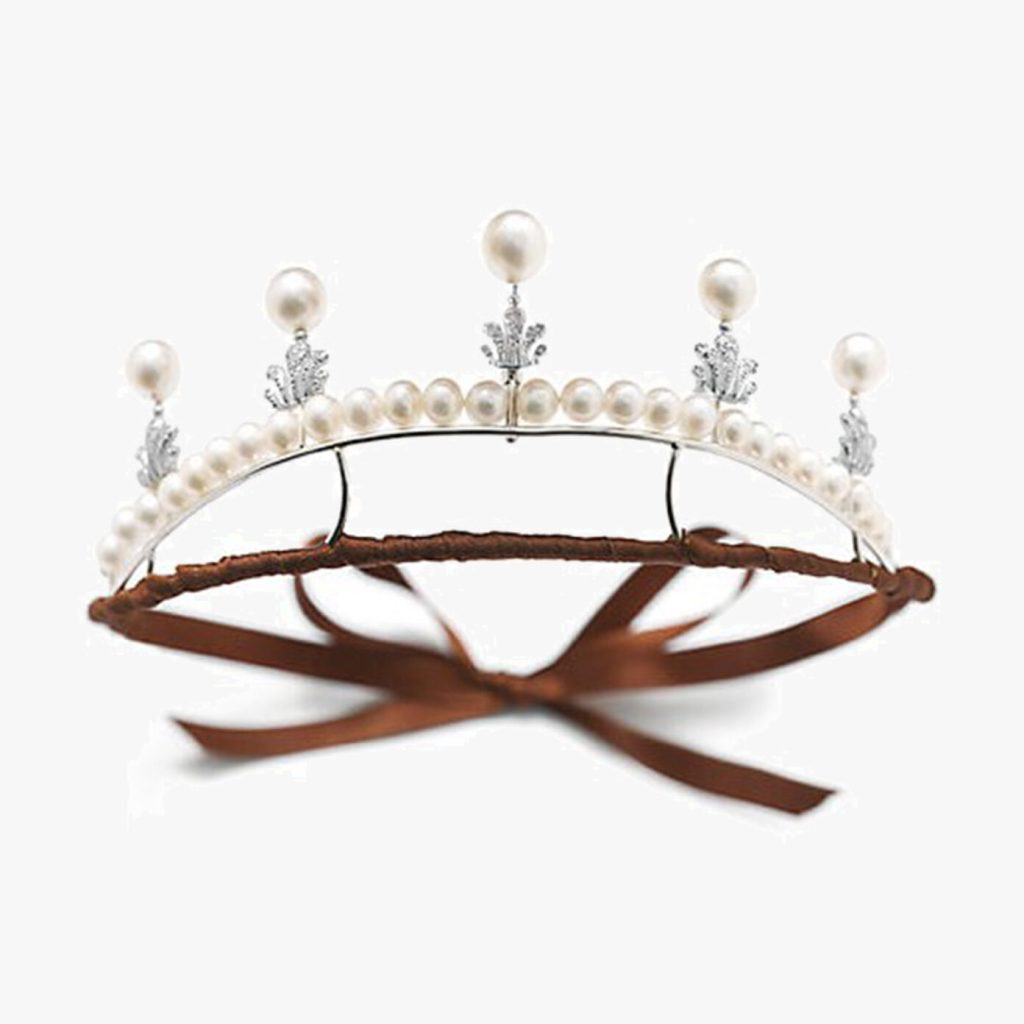
Cassandra Goad Tiara 
Pragnell Antrobus Tiara 
Ivory and Co Tiara 
Halo and Co Gertrude Tiara 
Simone Rocha Pearl Tiara 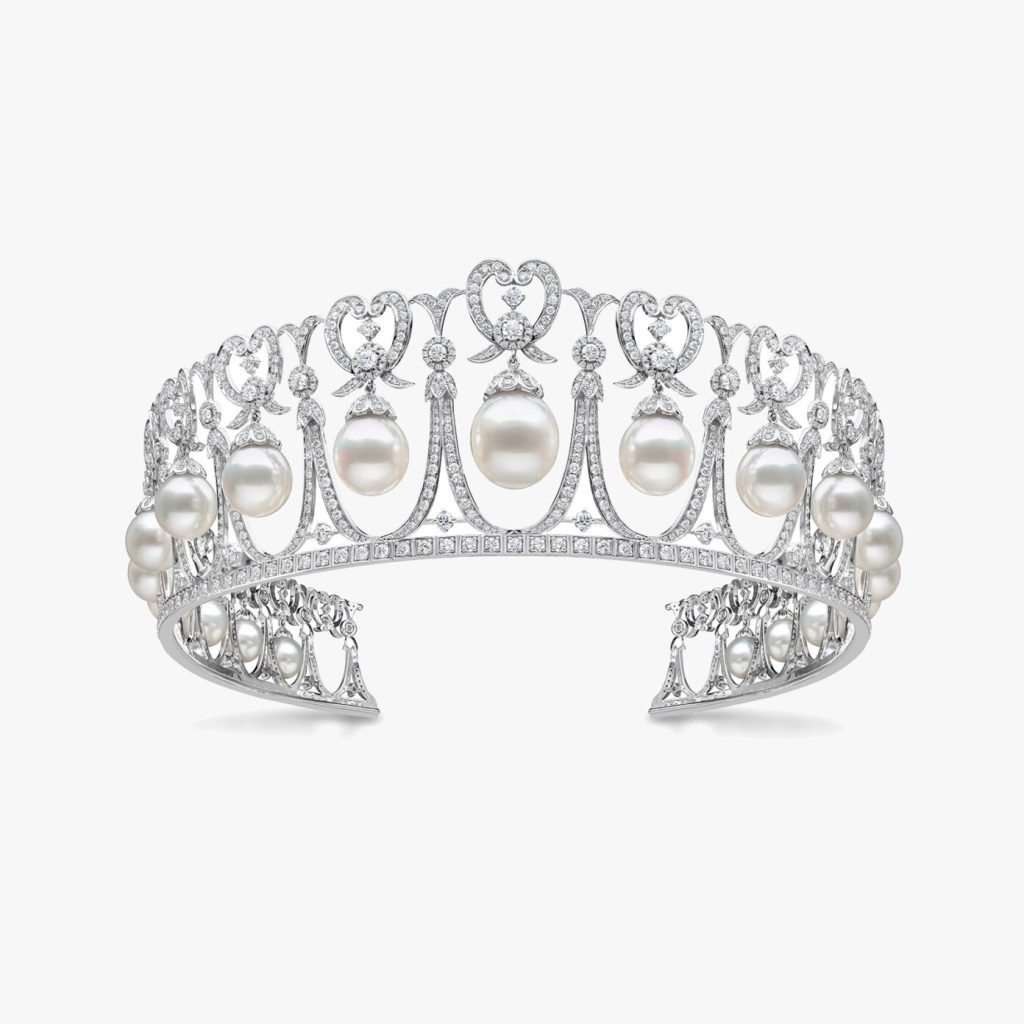
Yoko Coronation Tiara
“Fairies come in all shapes, colours, sizes and types, they don’t have to be fluffy. They can be demanding and furious if they like. They do, however, have to wear a tiara. That much is compulsory.” Dawn French, A Tiny Bit Marvelous
These coveted semi-circled headpieces are often made from precious metals and jewels and can take various forms, ranging from Art-Deco bandeaux to elaborate Russian-style kokoshniks with massive amounts of jewels.
Chaumet recently presented its Tiara Dream exhibition at the King Fahad National Library, Riyadh, bringing together a collection of the most precious of its creations throughout history.
Tiaras have adorned fashion collections from Gucci to Saint Laurent, and celebrities have also embraced this trend, from Madonna in a Versace sparkler, to Beyonce to Courtney Love. Blake Lively famously wore one to the Met Gala, the perfect complement to her show-stopping dress, and a timeless symbol of feminine power.
And brands like Halo and Co, Yoko London and Bentley and Skinner and Simone Rocha are getting into the game, producing elegant, modern versions of the classic headpiece.
Although Paris Hilton famously said, “always walk around like you have on an invisible tiara,” there’s no need to don an imaginary one any longer.
Photos courtesy of: Bentley & Skinner, Cassandra goad, Pragnell. Yoko London, Halo and co, Simone Rocha, Jennifer Bher, Garrard


